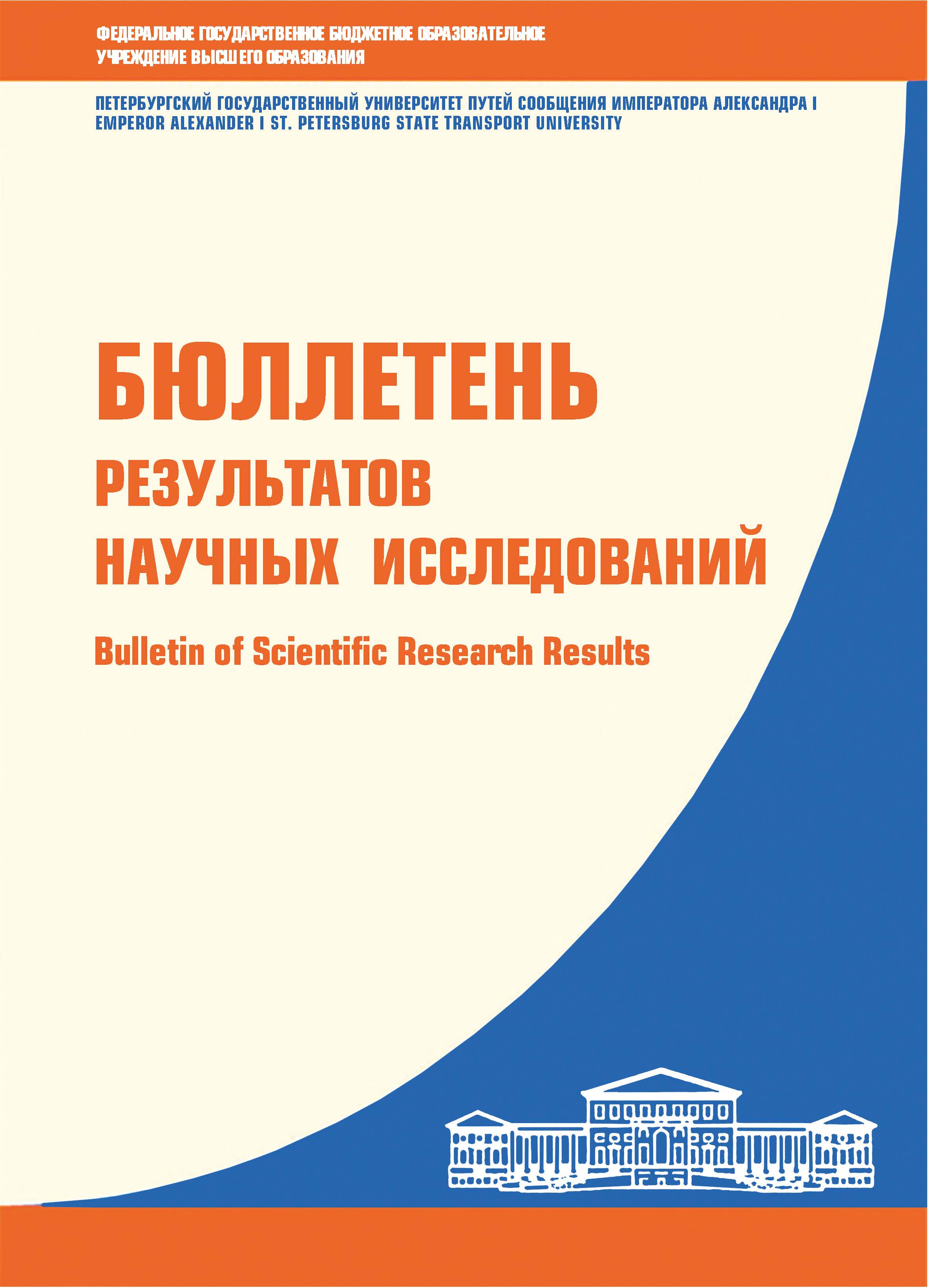Russian Federation
Russian Federation
Russian Federation
Russian Federation
Russian Federation
Russian Federation
Purpose: To substantiate the relevance of conducting research on the properties of ballast materials. To describe the methodology for conducting laboratory tests and present the results of a study of the physical and mechanical properties of ballast materials for higher-speed and high-speed train traffic. To propose the design of a ballast section using used car tires. Methods: Carrying out laboratory tests of samples of gravel from basalt, granite and gabbro-diabase for abrasion in an abrasion-tester and for impact resistance in a PM drop-testing machine. Results: The weight loss has been determined after tests for abrasion in an abrasion-tester and after tests for impact strength on a drop-testing machine. The lowest weight loss has been recorded for a sample of basalt, an intermediate weight loss has been observed for a sample of gabbrodiabase, and the highest - for crushed granite. Practical significance: Basalt rocks have the lowest mass loss in both abrasion-tester and impact tests compared to gabbro-diabase and granite. The authors have proposed a variant of the ballast section design and experimentally substantiated the choice of ballast material for this design. The results obtained can be used to substantiate the choice of ballast material in the design and construction and in modeling the performance of ballast in the track.
Ballast, railway track, abrasion, impact resistance, abrasion-tester, drop-testing machine, physical and mechanical properties
1. Liu Zh. Coupling Train-Track Models with the Discrete Element Method for a More Realistic Simulation of Ballasted Track Dynamic Behavior / Zh. Liu, B. Feng, E. Tutumluer // Transportation Research Record: Journal of the Transportation Research Board. - 2023. - DOI:https://doi.org/10.1177/03611981231156933.
2. Ren D. Resilient and Permanent Axial Strain of Crusher-Run Materials under The Effect of Principal Stress Axes Rotation / D. Ren, T. Ishikawa, T. Tokoro. - 2022.
3. Arivalagan J. Effectiveness of Geosynthetics at Preventing Subgrade Instability under Cyclic Loading / J. Arivalagan, Ch. Rujikiatkamjorn, B. Indraratna et al. - 2023. - Pp. 427-437. - DOI:https://doi.org/10.1061/9780784484685.043.
4. Konon A. Influence of geosynthetics on the oscillations amplitude of railway subgrade / A. Konon, A. Petriaev // 11th International Conference on Geosynthetics 2018, ICG 2018: 11, Seoul, September 16-21, 2018. - Seoul, 2018. - Vol. 2. - Pp. 990-998.
5. Petriaev A. The Effect of Elastic Pads and Mats on the Stress-Strain State of Railway Subgrade / A. Petriaev, A. Konon, V. Egorov // Lecture Notes in Civil Engineering. - 2022. - Vol. 165. - Pp. 279-286. - DOI:https://doi.org/10.1007/978-3-030-77234-5_23.
6. Abrashitov A. A. Creation of a Two-Layer Ballast Prism of a Railroad Track from Granite Rubble Using Plastic Flat Geogrids and Rubber Crumb of Recycled Automobile Tires / A. A. Abrashitov // IOP Conference Series: Materials Science and Engineering : International Science and Technology Conference “FarEastCon 2019”, Vladivostok, Russky Island, October 01-04, 2019. Vol. 753, 3, Chapter 2. - Vladivostok, Russky Island: Institute of Physics Publishing, 2020. - P. 032016. - DOI:https://doi.org/10.1088/1757-899X/753/3/032016.
7. Abrashitov A. Construction and Current Maintenance of the Reinforced Ballast Layer of the Railway Track / A. Abrashitov, A. Sidrakov, A. Zaitsev // IOP Conference Series: Earth and Environmental Science, Virtual, Online, January 10-12, 2022. - Virtual, Online, 2022. - P. 022045. - DOI:https://doi.org/10.1088/1755-1315/988/2/022045.
8. Zikria R. Effect of Geocell Inclusion on Railway Ballast Stability / R. Zikria, U. S. Neyamat // Proceedings of the 20th International Conference on Soil Mechanics and Geotechnical Engineering. - Sydney, 2021.
9. Kolos A. F. Zasorenie i zagryaznenie schebenochnogo ballasta pri ekspluatacii zheleznodorozhnogo puti / A. F. Kolos // Izvestiya Peterburgskogo universiteta putey soobscheniya. - 2022. - T. 19. - № 3. - S. 558-575.









